Still harvesting...
tree_oracle
12 years ago
Related Stories

GARDENING AND LANDSCAPINGWorld of Design: 10 Home Gardeners Show Us Their Sweet Summer Harvests
From New York to Tokyo, these gardeners have turned their yards, terraces and rooftops into places of bounty
Full Story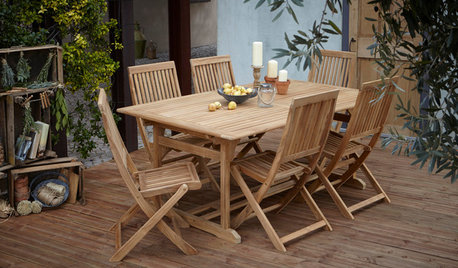
SHOP HOUZZShop Houzz: Host a Late-Summer Harvest Party
The end of summer is the perfect excuse for an alfresco dinner party
Full Story0

GREEN BUILDINGHow to Harvest Rainwater for Your Garden
Conserve a vital resource and save money by collecting stormwater for irrigation in a barrel or tank
Full Story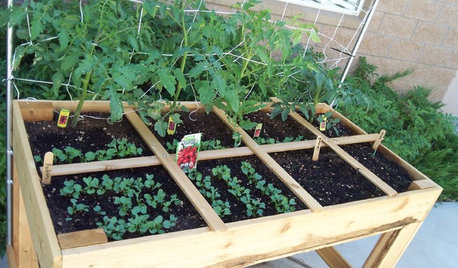
GARDENING GUIDESMaximize Harvests With Square-Foot Gardening
This efficient edible-gardening technique can help people who are short on space
Full Story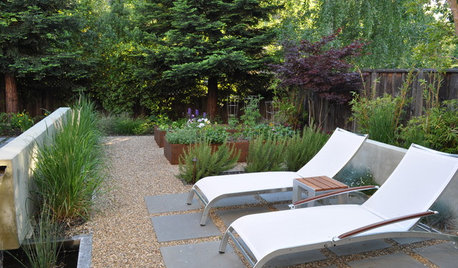
URBAN GARDENSHarvest the Bounty of a Patio Garden
Make the most of small spaces on decks and balconies to enjoy your pick of vegetables, fruits and herbs
Full Story
DECORATING GUIDESHarvest Farmhouse Style to Freshen a Fall Home
Reap the reward of a wholesome feel when you infuse your home with farmhouse colors, furnishings and accessories
Full Story
FARM YOUR YARDCool-Season Vegetables: How to Grow Lettuce
Leaf, butterhead, crisphead or romaine — lettuce is best harvested in the cool weather of spring and fall
Full Story
WINTER GARDENINGExtend Your Growing Season With a Cold Frame in the Garden
If the sun's shining, it might be time to sow seeds under glass to transplant or harvest
Full Story
EDIBLE GARDENSHouzz Call: What Did You Grow This Summer?
Let’s celebrate the homegrown fruits and vegetables of the season. Post your pictures and tell us about your harvest
Full Story
HOUZZ TVHouzz TV: How to Make and Plant a Veggie Box
See how to start edibles from seed, then transfer the seedlings to a box on stilts to make harvesting more fun
Full StorySponsored
Custom Craftsmanship & Construction Solutions in Franklin County
More Discussions






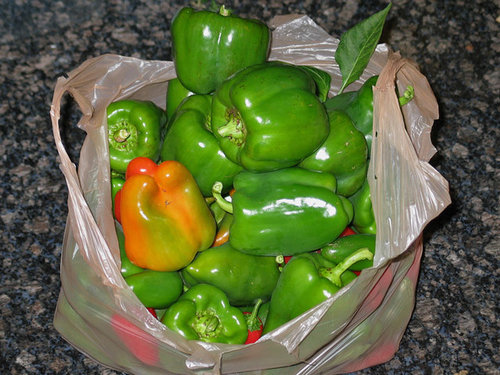
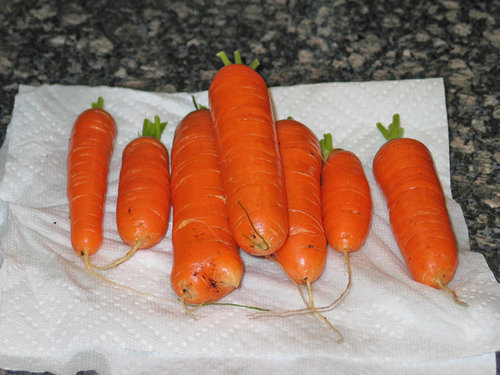
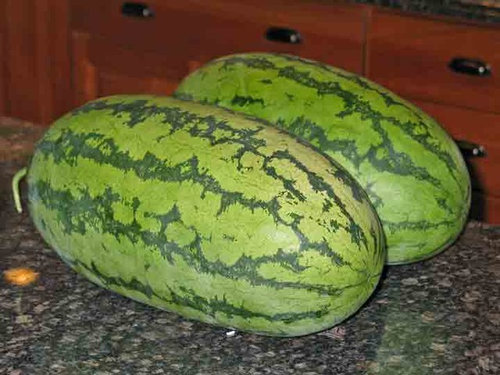
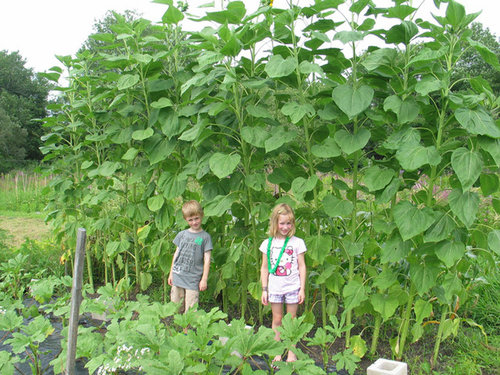


defrost49
rockman50
Related Professionals
Carlisle Landscape Architects & Landscape Designers · San Juan Landscape Architects & Landscape Designers · Peabody Landscape Contractors · Boca Raton Landscape Contractors · Estelle Landscape Contractors · Nashua Landscape Contractors · Newberg Landscape Contractors · San Rafael Landscape Contractors · Weslaco Landscape Contractors · Manchester Decks, Patios & Outdoor Enclosures · Markham Decks, Patios & Outdoor Enclosures · Richmond Decks, Patios & Outdoor Enclosures · Saint Louis Park Decks, Patios & Outdoor Enclosures · Saint Louis Park Decks, Patios & Outdoor Enclosures · Scotts Valley Decks, Patios & Outdoor EnclosuresNHBabs z4b-5a NH
tree_oracleOriginal Author
carol6ma_7ari
tree_oracleOriginal Author
Thyme2dig NH Zone 5
tree_oracleOriginal Author
Thyme2dig NH Zone 5
tree_oracleOriginal Author
Thyme2dig NH Zone 5
defrost49
tree_oracleOriginal Author
defrost49
tree_oracleOriginal Author
Thyme2dig NH Zone 5
defrost49